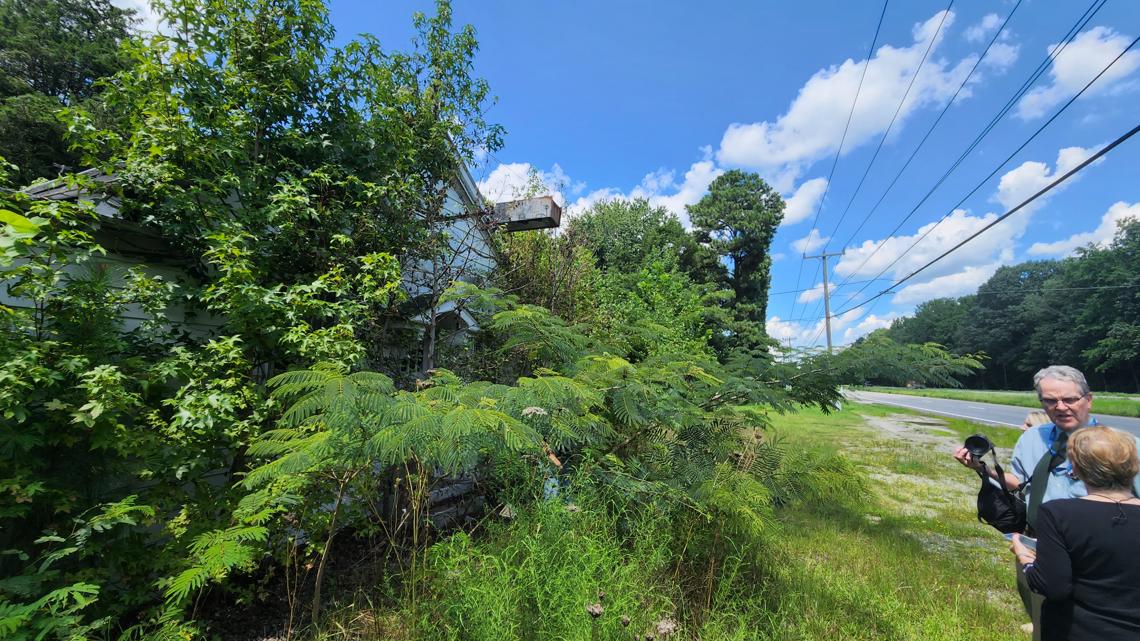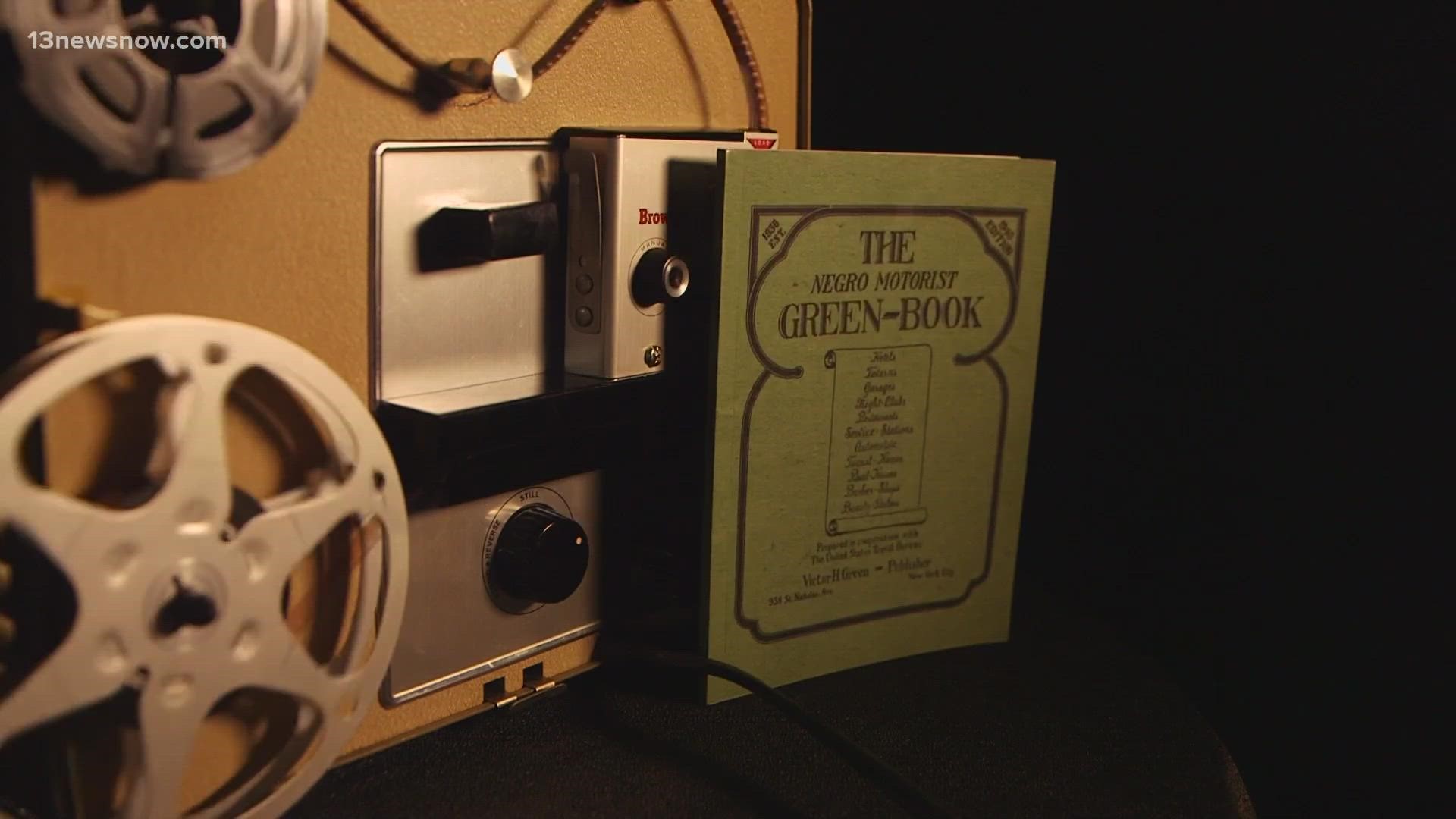NORFOLK, Va. — Marion Randall still remembers what the now-abandoned building off Route 17 in Gloucester County used to look like.
“It's not demolished, but over the years it’s come to fall down," Randall said.
Randall, born in the 1940s in Gloucester County, can still remember the lively music and atmosphere of the W.J. Stokes Tavern, a thriving watering hole that appeared in several yearly editions of the "Green Book" in the mid-1900s.
“I’m not a good dancer, no," Randall laughed. "It was more of a social thing!"
The Stokes Tavern is one of more than 300 currently recorded locations across the Commonwealth of Virginia that once appeared in the "Green Book," according to University of Virginia research.
First published in 1936, the book was written by Victor Hugo Green as a safe-traveling guide for African Americans to use during segregation. It included barber shops, restaurants, taverns, boarding houses and more across the country.
The 2018 film “Green Book”, which won the Oscar for Best Picture, introduced many to a significant piece of African American history.
“It was the most prolific, longest-running travel guide specifically for African Americans," Tim Roberts, the community outreach coordinator with the Virginia Department of Historic Resources, said.
While the Stokes Tavern has long been vacant, Roberts is one of several stakeholders working to preserve what's still standing of the facility. Last summer, he cleared the standing greenery obscuring the front façade of the building, and has been actively working to catalog what's left of it for the agency.


“This kind of property helps acknowledge this past existed," he said.
Roberts and officials with the not-for-profit Fairfield Foundation in Gloucester County told 13News Now there is a renewed interest to purchase the land on which the tavern sits, including the building itself, with the idea to potentially repurpose its historical significance.
Roberts attributes the attention to a property like the Stokes Tavern to the fact it's considered a "gem" compared to other "Green Book" sites.
As UVA research found, finding a property as intact as the Stokes Tavern might be hard to come across. There are more than 100 recorded "Green Book" locations across the Tidewater region. But according to the cataloging of those sites, approximately 85% of them are either demolished or designated as an "unknown" status.
“When you talk about history in the Black community, it’s not red brick and white columns. It’s not on the proverbial dusty shelf. It’s part of lived experiences. it's part of memory," Roberts said.
Many "Green Book" sites in the Tidewater share the story of 2208 Marshall Avenue in Newport News, or "Mrs. Taliaferro's."
“I was looking up something on the "Green Book," I came across the different addresses and I saw “Marshall Avenue” and I was like, “Oh god, what?" Jerrie Spruce said.
Years after Spruce and her husband relocated to the Southeast neighborhood of the city, the house next door to them was torn down after going through a string of renters and squatters.
But it was only after it'd been torn down that Spruce knew of the historical significance it once had.
"Who would’ve thought right here would have been what we call an Airbnb now," she laughed.
Right now in the Virginia General Assembly, Williamsburg Del. Michael Mullin and Del. Jeion Ward are the lead sponsors in a bill to permanently preserve and catalog the state's "Green Book" sites. The bill carries power that allows the Department of Transportation--in tandem with the DHR--to memorialize the sites and locations with "Green Book" markers, signs which would be overseen and looked over by VDOT.
You can read the bill below:
"The Department, in partnership with the Virginia Tourism Corporation and the Department of Transportation, shall designate or approve historic site signs identifying locations and businesses identified in the Green Book. Such historic site signs shall be permanently affixed to existing markers approved by the Department as provided in § 10.1-2209. The Department shall establish a registry of verified locations and businesses in the Commonwealth identified in the Green Book and determine those locations or businesses that also have a historic site marker approved by the Department on or near such location or business. The Department of Transportation shall print, place, and maintain the Green Book historic site signs. The Virginia Tourism Corporation shall design the signs and maintain an informational website (i) explaining the historical significance of the Green Book in making travel safer for Black Americans and (ii) listing the Green Book locations in the Commonwealth, as identified by the Department, and identifying those locations that have posted Green Book historic site signs as provided in this section. Such signs shall include an image, outline, or similar depiction of the Green Book and the words "Green Book Location.""

